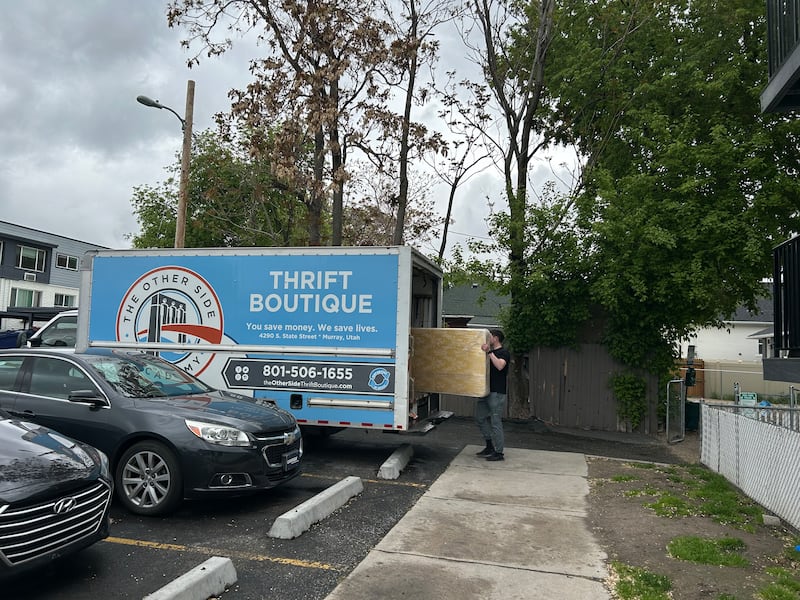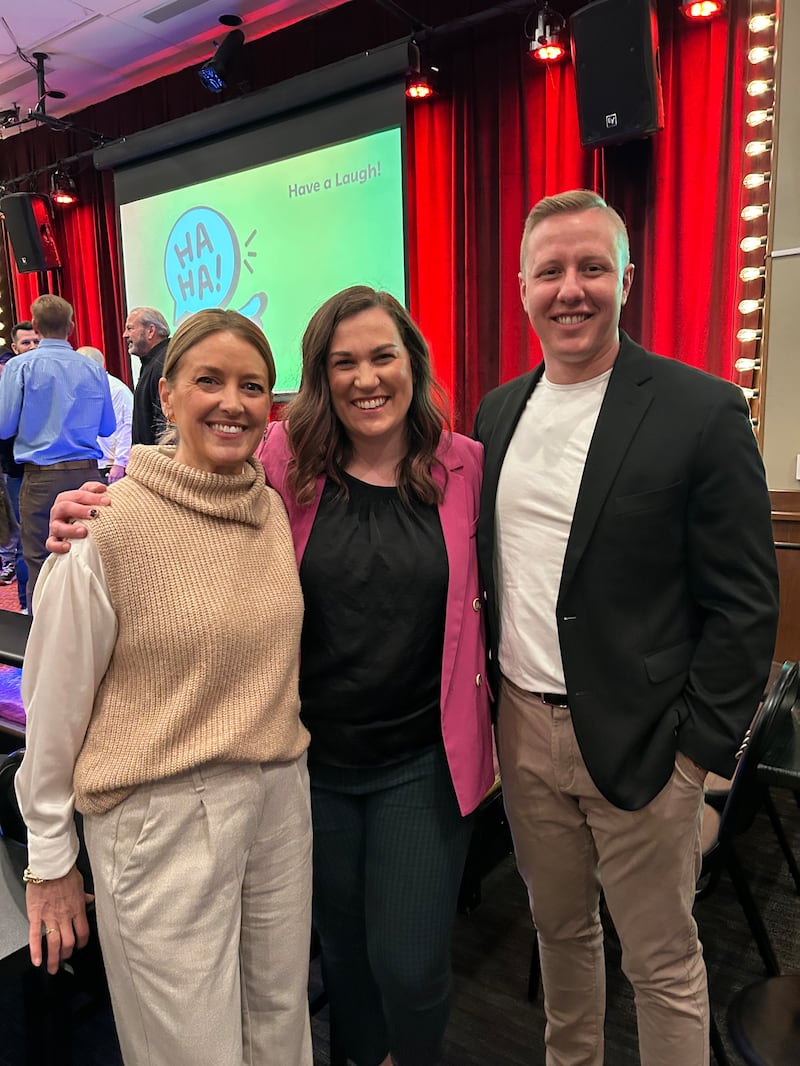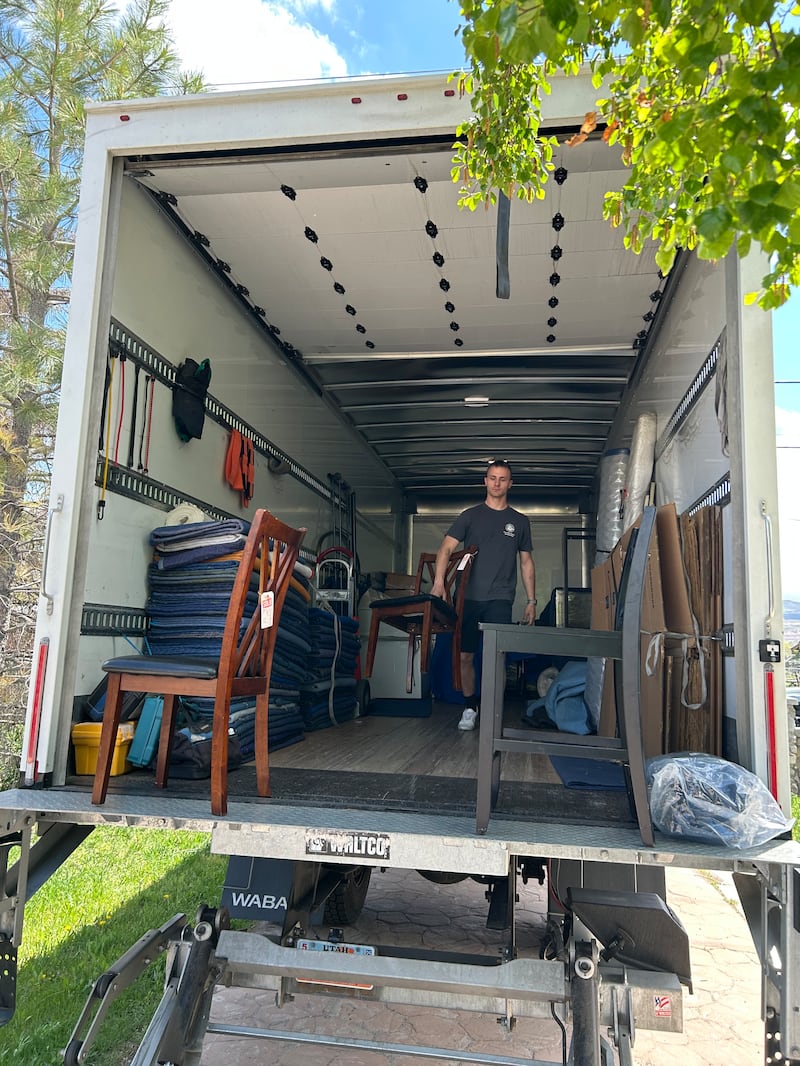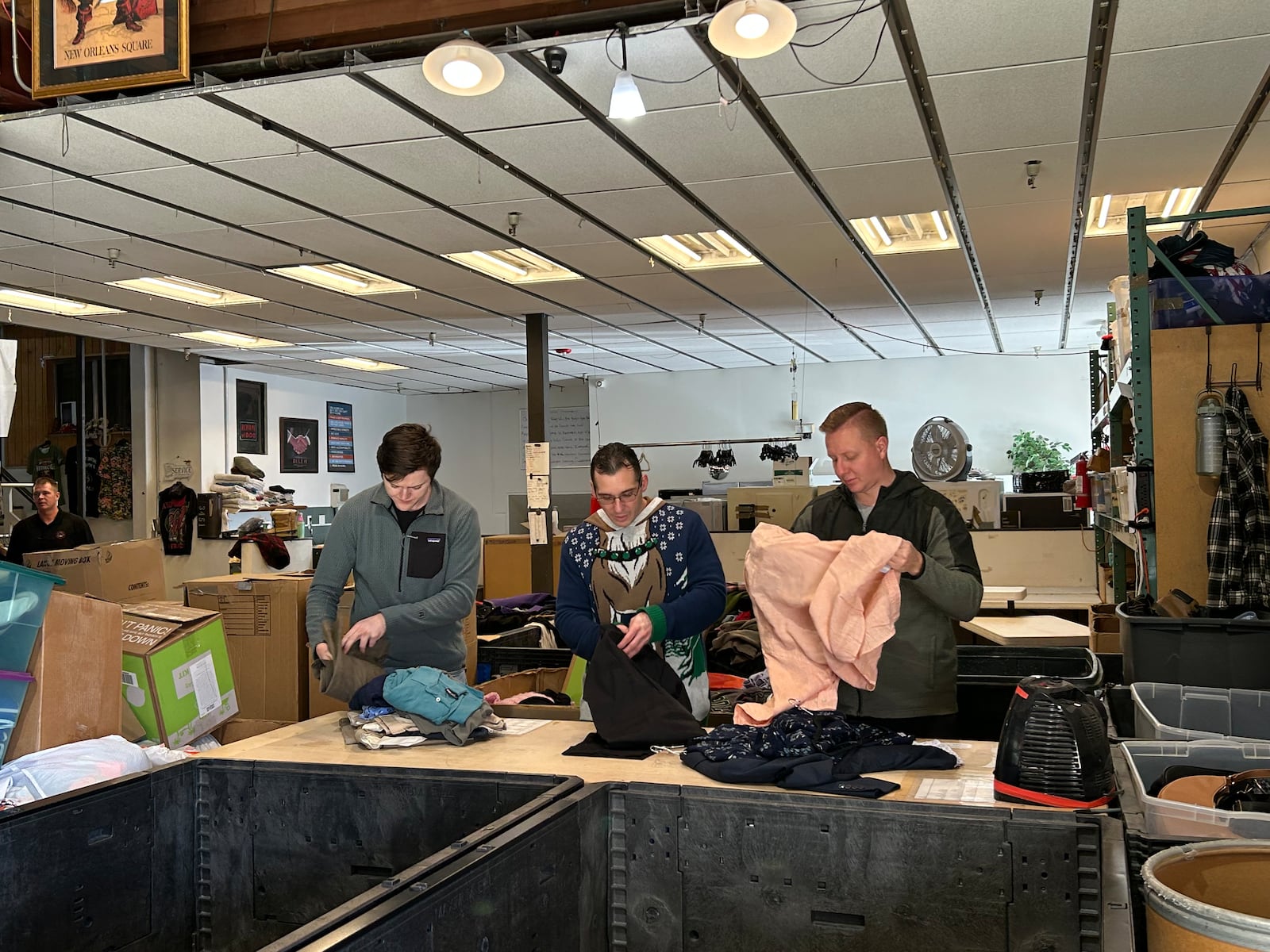This story appears in the July 2025 issue of Utah Business. Subscribe.
Some are quick to donate but slow to invest. With investing, there’s a fear of, “What if I lose it all?” With philanthropy, no one expects their money back. Instead of focusing on investing for profits and donating for impact, consider impact investing as a Goldilocks approach.
“Impact investing is a strategy that generates both returns and measurable social or environmental outcomes,” explains Katie Macc, CEO of the Sorenson Impact Institute at the University of Utah. “The market has grown to more than $1.2 trillion AUM [assets under management] globally, and there are increasing opportunities to invest in solutions to big problems that also offer the potential for returns.”
Jay Tobey is the founder and CEO of Utah-based North Star Recovery & Wellness and North Star Financial Group. He’s raising a $50 million fund to acquire an integrated network of addiction treatment centers capable of providing continuity of care across all stages of a recovery journey — from detox to outpatient therapy, sober housing and vocational training.
“The mental health industry is full of cracks,” Tobey says. “In six months, someone might be in contact with four groups, all with different ownership. They try to talk to each other, but a lot gets lost in the weeds.”
The problem North Star wants to address is undeniable.
“We’ve seen people wait five months for a bed,” Tobey says. “By the time there’s availability, the window where someone was willing to get help has closed.”
But can a business serving the most vulnerable, often with no assets and no private insurance, really be sustainable?
A North Star for a risky sector
Investing in the behavioral health industry might sound like a dicey proposition. Margins are tight, and with looming Medicaid cuts, building a business is only going to get harder. But Tobey believes these very challenges make the case for a smarter business model, and his company’s profit imperative means investments will improve impact longevity instead of weight.
“If you can protect your downside, the upside will take care of itself,” he says, echoing advice from one of his early investors.

Each North Star facility will be backed by hard real estate assets. Instead of leasing, they plan to buy property outright. If the business does fail, the underlying assets still have value, and investors have a buffer against the worst-case scenario.
Moreover, North Star’s investor structure includes a preferred return, meaning outside investors must receive a 7-8 percent annual return before Tobey or his partners earn anything. By paying themselves last, they hope to mitigate skepticism from investors wary of mission-driven business.
Tobey isn’t promising overnight returns; he’s offering a business model built on efficiency and economies of scale. “It’s true, most of the buildup is with Medicaid recipients — some of the lowest reimbursement rates on the market. But we’ve proven that with enough clients, you can make it profitable while providing a level of care those patients normally don’t get.”
Charities do essential work, but they live and die on the generosity of others. When the money dries up, so does the impact. However, a business centered on profit can sustain itself and, with strategic reinvestment, grow to continue doing good.
“I don’t ever want to pit philanthropy and impact investing against each other,” Macc says. “They’re both essential tools that work in parallel or partnership to solve problems, … and for many problems, philanthropy really is the best solution.”
But when the conditions are right, investing doesn’t just stretch philanthropic dollars. It creates a regenerative system where capital flows over and over. Profits compound, and your one-time investment can have multiplicative results.
Moreover, well-intentioned charitable giving can sometimes have unintended consequences. For instance, when free goods enter developing countries, they can displace businesses that local communities rely on for income and work. International aid organizations do exceptional work, especially in public health and disaster assistance, but scholars maintain that some forms of aid lead to dependence rather than resilience.

Impact investing at large
“Impact investing isn’t just one thing,” Macc says. “It’s a set of tools designed to help solve problems across a wide variety of sectors. Some investors expect capital to bring market-rate returns alongside impact, and others invest capital to catalyze solutions without any expectation of any return at all.”
People choose impact investments based on issues they’re passionate about. For instance, Tobey says most people who invest in North Star do so after personally witnessing the toll addiction can take on a loved one. But if that doesn’t sound like you, there are plenty of other opportunities to align your values with your capital.
Types and examples of impact investing include:
- Thematic investments, such as the Global Impact Investing Network’s faith-based repository, where values guide portfolio choices.
- Passive vehicles, like Vanguard’s Social Index Fund, screen investments based on environmental, social and governance (ESG) criteria.
- Climate bonds, such as Apple’s $4.7 billion “green bond” portfolio, are issued to support carbon-reducing technologies.
- Community investments, like North Star Recovery & Wellness, are where active capital is deployed to address local problems.
A particularly innovative approach, Macc explains, is the program-related investment (PRI). “When a market may or could exist, but is perhaps underdeveloped, impact investors use PRIs. Outcomes and revenue streams are less certain, so this investment is motivated primarily by impact rather than returns, with the hope we’re building the foundation for a solution that can eventually scale into a viable market.”

Microfinance is perhaps the most famous PRI. The industry began as a subsidized effort to extend small loans to individuals lacking access to traditional banking and has since grown into an almost $300 billion revenue market.
Macc maintains that the full suite of financial solutions, from philanthropy to investing and public sector dollars, should be leveraged to solve today’s problems. But if you were already donating with no expectation of return, why not take a risk instead? Philanthropy gives once, but the right investment can give again and again.


